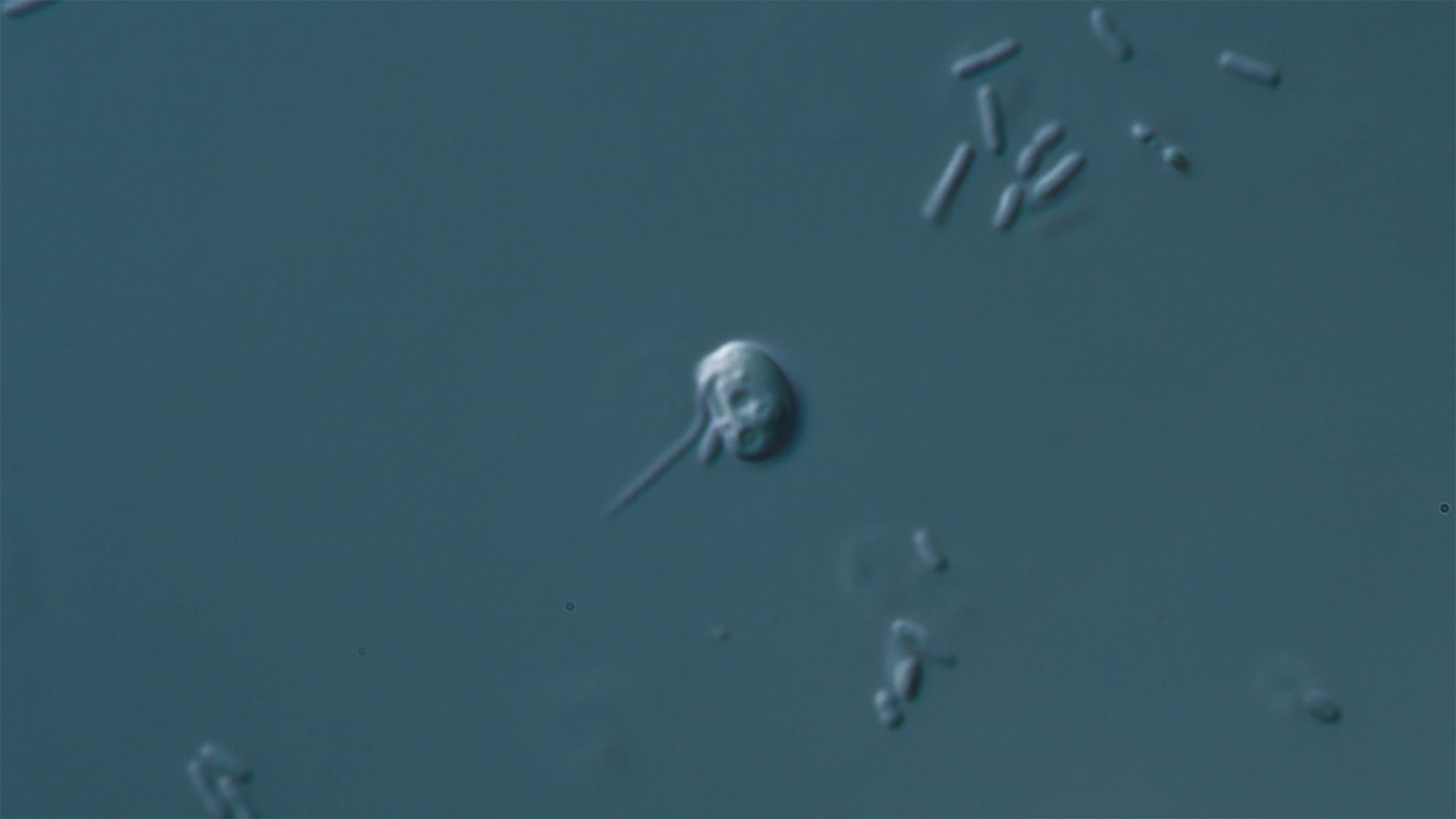In order for the nearly two meters of DNA we have in each cell to fit inside the cell nuclei, they need to be tightly folded in the shape of a ball of wool. To do this, the DNA is wound onto structural proteins called histones and spiraled into what we call chromatin, a structure that protects the DNA from damage and plays a key role in gene regulation.
Histones are present not only in eukaryotic organisms (those with nucleated cells) but also in archaea (unicellular microbes without nuclei). In the case of eukaryotes, moreover, there are enzymes that are capable of modifying histones to regulate gene expression. But despite the essential role of chromatin, its origin had not been extensively studied until now.
Thanks to a study led by Arna Sebé-Pedrós lab at the Center for Genomic Regulation (CRG) in collaboration with several institutions, including the Institute of Evolutionary Biology (IBE, CSIC-UPF), also at the Barcelona Biomedical Research Park (PRBB), it is now known that the microbes that inhabited our planet between one and two billion years ago were the first to present this genomic structure.
“Since chromatin first appeared, it has never been lost again in any form of life”
Xavier Grau-Bové, CRG postdoctoral researcher
To reach these conclusions, the team has studied the genomes of about thirty species of modern organisms from Canadian and French waters. And thanks to the sequencing of their genomes, they have been able to observe that, although archaea present histones, they do not have enzymes that modulate them, suggesting only a structural role of chromatin. In contrast, it appears that early eukaryotes, whose genomes had not been sequenced until now, exhibit proteins capable of interacting with histones.
The researchers of the study add that future work in microbes considered as stepping stones between archaea and eukaryotes would shed even more light on the origin of chromatin.
“A phylogenetic and proteomic reconstruction of eukaryotic chromatin evolution”. Nature Ecology and Evolution. DOI: https://doi.org/10.1038/s41559-022-01771-6.







